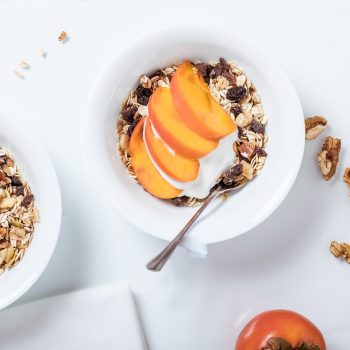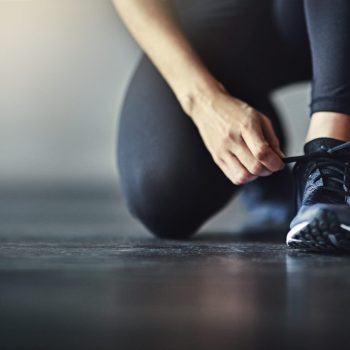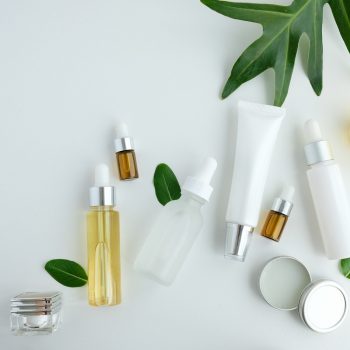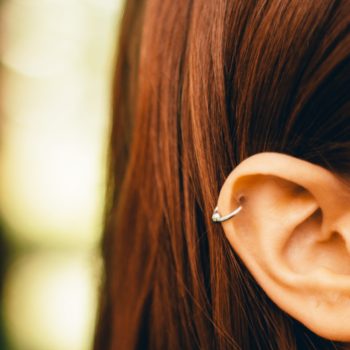Do we really know everything about sunscreen? Prof. Antonio Costanzo, dermatologist at Humanitas, explains how to choose and read the ingredients of sunscreen, as well as giving some advice on how to expose yourself to the sun.
Sun, here’s the right routine
There are two types of ultraviolet light that can damage the skin: UVA and UVB. A broad-spectrum sunscreen (or full spectrum) protects against both. UVA rays can prematurely age the skin, causing wrinkles and age spots. UVB rays can burn the skin. Too much exposure to UVA or UVB can cause skin cancer. The sun should be avoided during peak hours. Generally between 10 a.m. and 2 p.m. it is better not to expose yourself, regardless of the season. This is to avoid exposure to ultraviolet radiation, which is harmful to the skin even on cloudy days.
A good rule of thumb in summer is to wear clothing that protects from the sun’s rays: pants, long-sleeved shirts, sunglasses and a wide-brimmed hat. The cream should be applied generously and regularly.
Does the best sunscreen have the highest SPF?
SPF stands for sun protection factor, which measures how much sun protection protects against UVB rays, while UVA protection is not evaluated. The SPF is calculated on the basis of how long it takes for the skin to tan even after it has been treated with sunscreen, compared to skin without sunscreen.
If applied correctly, a sunscreen with an SPF of 30 will provide slightly more UVB protection than a sunscreen with an SPF of 15. But the SPF 30 product is not twice as protective as the SPF 15 product. Sun filters with SPFs above 50 provide only a small increase in UV protection.
In addition, sunscreen is often not applied thoroughly or frequnetly enough, and can be washed off while swimming or sweating. As a result, even the best sunscreen may be less effective than the SPF number suggests.
The important thing is therefore to make sure you buy a broad-spectrum sunscreen.
What does water-resistant sunscreen do?
The term water-resistant means that the SPF is maintained on the skin for up to 40 minutes while swimming or sweating. The words “very resistant” to water mean that the SPF is maintained for 80 minutes.
What do I need to know about sunscreen ingredients?
Sun filters contain filters that reflect or absorb UV rays. There are two main types of sun filters:
Biological and not infrequently, they are combined with each other. Biological sun filters absorb UV radiation and convert it into a small amount of heat. They can also contain PABA derivatives, cinnamates, salicylates and benzophenones.
Non-biological filters, on the other hand, reflect and diffuse UV radiation. They may contain titanium dioxide or zinc oxide and are generally less irritating to the skin.
Sun filters may also contain insect repellent. Insect repellent should not be applied more often than every six hours. When using this type of combined product then it is a good idea to reapply a sunscreen without insect repellent after a couple of hours.
Are some brands of sunscreen better than others?
The brand counts up to a certain point. What matters is how the product is used. Look for a water-resistant, broad-spectrum cover with an SPF of at least 30. Check the expiration date of the sunscreen.
Sunscreen as a cream, spray or a lotion
If your skin is dry, you may prefer a cream, especially for your face. Lotions are often preferred for application on large areas and tend to be thinner and less greasy than creams. Parents often prefer sprays because they are easy to apply to children. Because it’s hard to know how well you’re applying spray, apply a generous and even coating. A combination of shade, clothes, sunscreen and common sense is always the best solution to adopt at the beach.










